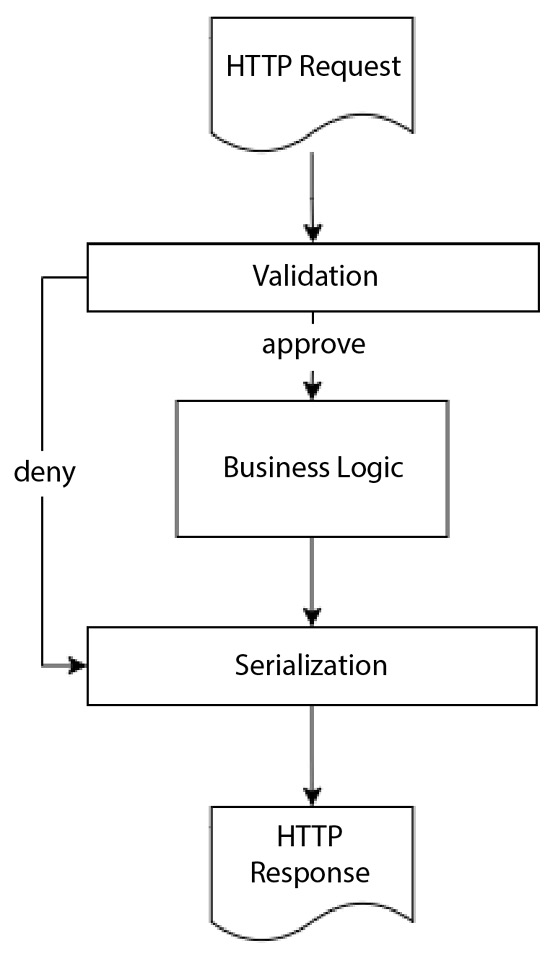Exploring Validation and Serialization
Fastify is secure and fast, but that doesn’t protect it from misuse. This chapter will teach you how to implement secure endpoints with input validation and make them faster with the serialization process.
This framework provides all the tools you need to take advantage of these two critical steps, which will support you while exposing straightforward API interfaces and enable your clients to consume them.
You will learn how to use and configure Fastify’s components in order to control and adapt the default setup to your application logic.
This is the learning path we will cover in this chapter:
- Understanding validation and serialization
- Understanding the validation process
- Customizing the validator compiler
- Managing the validator compiler
- Understanding the serialization process


